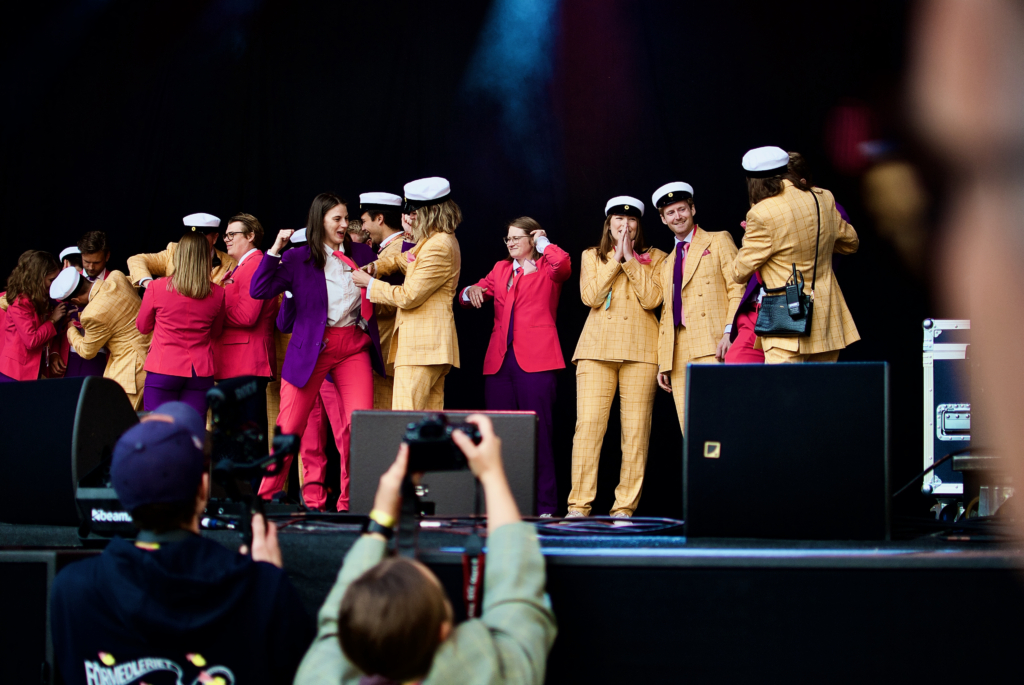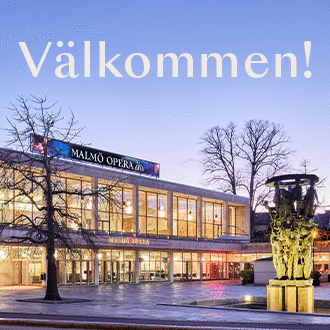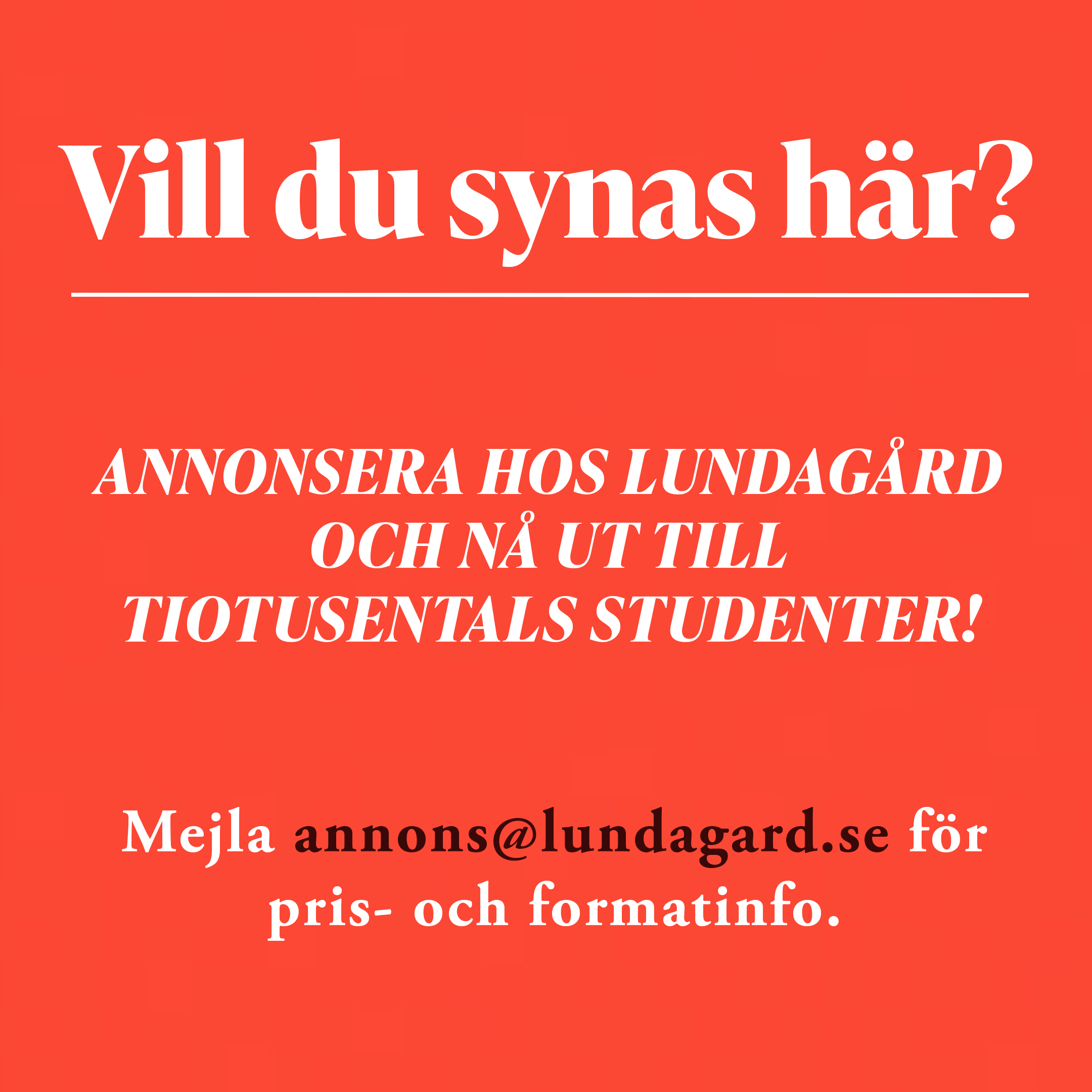When attending festivities of other countries it is just impossible to leave out comparisons to the traditions one grew up with. Being a German in Lund, Lundagårds Verena Mühlberger was triggered by the Lundakarneval to revisit some childhood memories.
I experienced a nice tickling in my long term memories while staying in the crowd during the grand opening of Lundakarnevalen. Of course, I have never been to a Lundakarneval and only learned about it after moving to Lund in January, yet the tradition of cutting the ties of the old Karneval committee is something I have seen before.

Photo: Tomás Castro Rojas
In Germany, especially in the south of Germany where I grew up, Karneval is referred to as the fifth season. I, however, prefer the word Fasching when talking about Karneval, as for some reason, this is the official term in my countryside region. Fasching is the time before the Christian fasting period and officially starts on November 11 at 11:11 am. The most intense time of Fasching, however, starts after New Year, when the weekends start to fill with balls, parades and parties. So it is pretty much the same as Lundakarnevalen, which is also used as a never ending excuse for parties, but instead of doing it every 4th year, we do it every year.
But coming back to the event tickling my long term memory: On the Thursday before Aschermittwoch, the day when fasting starts, it is tradition that the women – or in schools, the school children – grab their scissors and cut the ties of their bosses and teachers respectively. Why do we do that? It is a payback to the patriarchy, as the ties are seen as a symbol of male power.
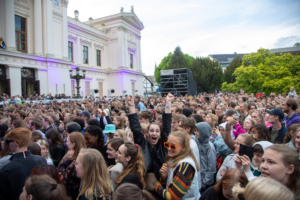
Photo: Johan Larsson
So while standing in the crowd while listening to the earworm that is the Karnevalsmelodien, I could do nought but smile over the previous committee’s trimmed ties.
But Lundakarnevalen continues to give me a nostalgic feeling and maybe even a touch of Heimweh – homesickness in German. During Fasching, parades are held all over the villages and towns, but the biggest and probably most infamous one is the Rosenmontags (the Monday before fasting starts) Parade in Cologne. In the parades, one can find acrobats, musicians and creative Karneval enthusiasts. The outcome is something quite similar to the train at Lundakarneval. Though Lund’s parade has one big advantage: I am not almost losing my fingers while waiting for the wagons to pass, as Lundakarneval is in early summer as opposed to the coldest period of winter.
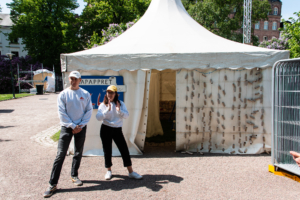
Photo: Eskil Högman
But, the season, the areas’ syle, the circus tent and the games also bring back memories of other traditions: Kirmes. To describe this, you just have to imagine the Oktoberfest and then scale it down. A Kirmes is filled with at least one biertent (our version of the Krog), but also little fleamarket like stands (Konkursen), rides (Små Nöjen), exhibitions (like the artists in AF-borgen), and games (like the Tombola). So while I did not have the opportunity to go to the Impfmess (the Kirmes around my hometown Neresheim), which happened to be last week, I got a version of it in Lund.
The only thing which might be missing is the more traditional Kirmes and Biergarten food, which is either a special type of local sausage (Messwurst) or grilled chicken (Grillhendl). Luckily this is not so important for me, as I have been a vegetarian for the past years, yet when going to the Krog, I still miss my pretzel. But day-drinking at the Krog is definitely the same thing we do in Germany.
If I see people dancing on the beer benches today, I guess my childhood and teenager reminiscence is complete. But not to see that happen is probably for the better, as German Schlager music, which is necessary for the ascend to the bench, is not the music I want to hear during Lundakarnevalen.


